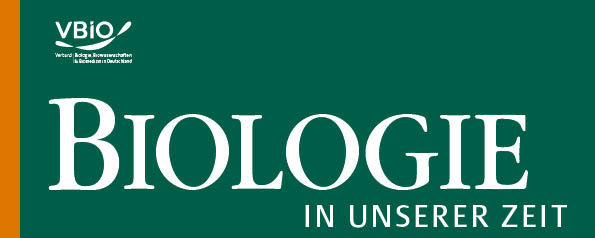Predatory fungi with pest control potential
DOI:
https://doi.org/10.11576/biuz-6094Keywords:
Pilze, Nematoden, Räuber, Virulenzfaktoren, Zellkommunikation, Zellfusion, nachhaltige Landwirtschaft, Pilze als SchädlingsbekämpfungsmittelAbstract
Nematode-trapping fungi are ubiquitous, especially in soil. They live on dead, organic matter, but can adopt a predatory lifestyle when nutrients become scarce. Then they form different types of traps depending on the species. Arthrobotrys flagrans forms sticky trap networks. The formation of traps is regulated by the interaction of several nematode-specific pheromones and fungal signaling molecules. When a nematode becomes entangled in the trap network, a penetrating hypha enters through the cuticle and epidermis into the nematode body. There the hypha thickens into a bulb and grows through the nematode body as a trophic hypha. The animal body is decomposed by lytic enzymes and the nutrients are absorbed by the fungus. In the late stage of the attack, hyphae grow out of the nematode into the environment. Small, secreted fungal proteins play an important role as virulence factors during penetration and presumably also during further colonization of the nematode. Not only is the nematode fungus interaction a fascinating area of basic research, but the fungi can also be used to control harmful nematodes.

Downloads
Published
How to Cite
Issue
Section
License
Copyright (c) 2022 Jennifer Emser, Marius Kriegler, Anna-Lena Klemke, Reinhard Fischer

This work is licensed under a Creative Commons Attribution-ShareAlike 4.0 International License.

